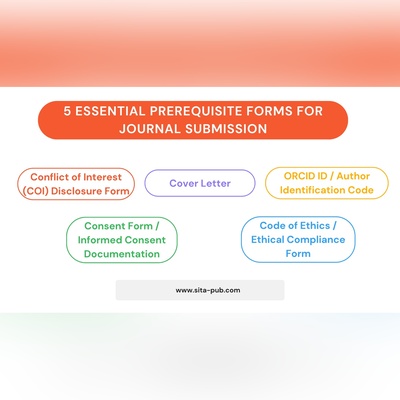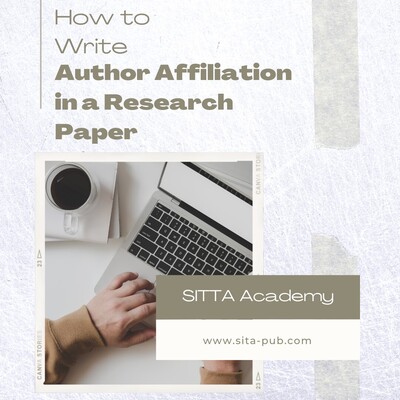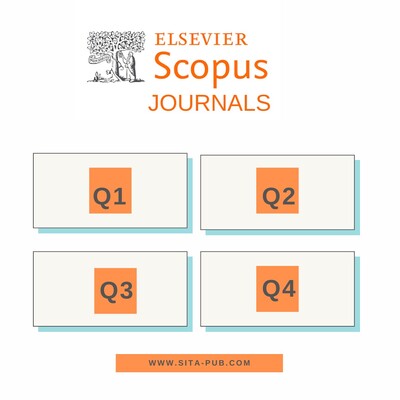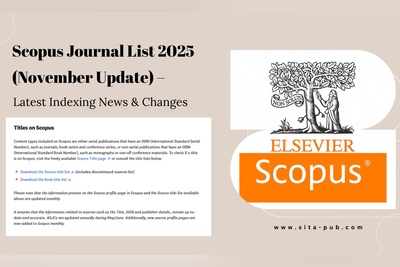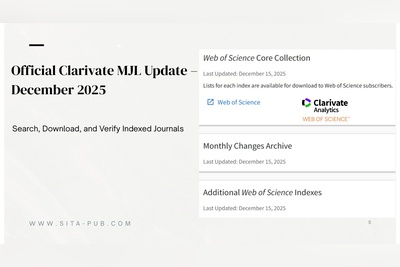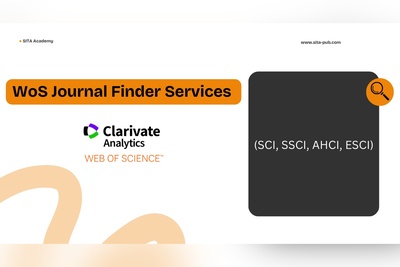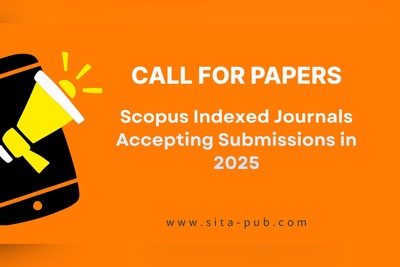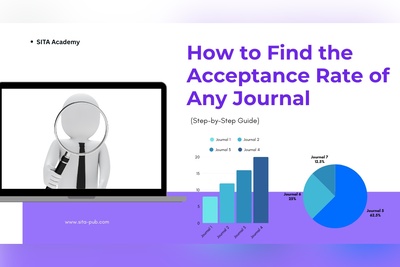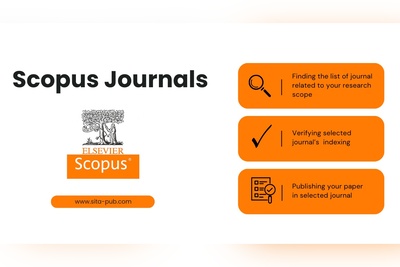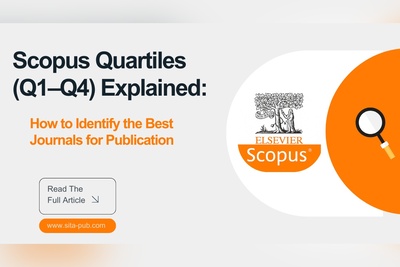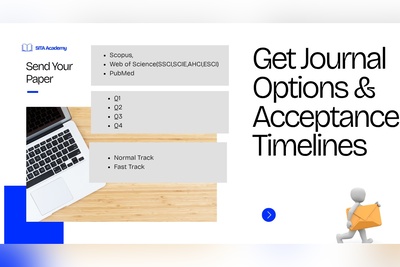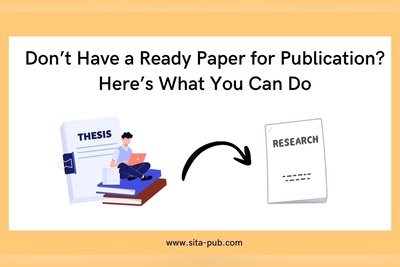Before You Hit Submit: 7 Insider Secrets Scopus Journals Won’t Tell You
You’ve polished your research and selected a Scopus-indexed journal—but before hitting “Submit,” learn the 7 critical secrets to ensure your paper is a perfect fit, complete, compliant, and ready for successful publication.
- Secret 1: Evaluate If Your Journal Choice Truly Fits Your Study
- Secret 2: Check If Your Materials Are Complete and Compliant
- Secret 3: Author Affiliation Impacts Credibility and Indexing
- Secret 4: Your Cover Letter Is Your First Impression
- Secret 5: Keywords and Metadata Determine Discoverability
- Secret 6: Understand Journal Metrics and Submission Policies
- Secret 7: Prepare for Post-Acceptance Impact from the Start
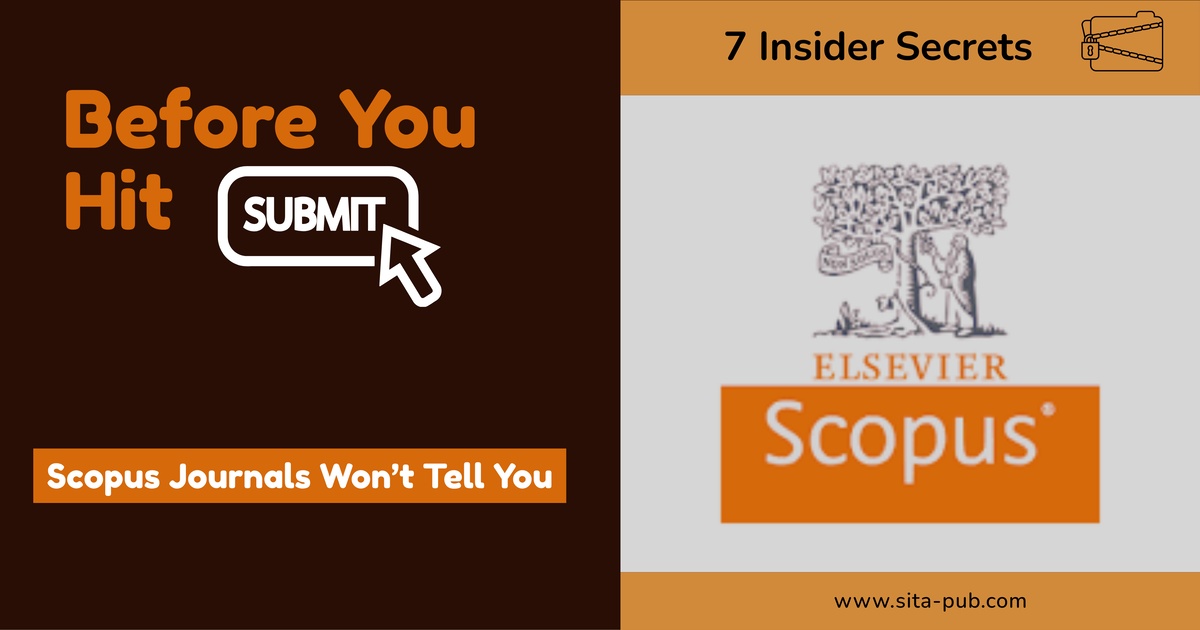
Introduction: You’ve Prepared Your Paper – Now What?
You’ve spent weeks—or even months—refining your research. Figures are polished, references double-checked, and your manuscript is finally ready. You’ve even selected a Scopus-indexed journal to submit your work.
But before you click “Submit,” there are critical steps that can make or break your chances of acceptance. Understanding these secrets helps you:
Determine if the selected journal is truly the right fit for your research
Check whether your materials are complete and compliant
Avoid desk rejection due to missing, incomplete, or incorrect information
Pro Tip: If you haven’t yet chosen a journal, send us your research field. We can provide a curated list of Scopus journals that match your study, including impact factor, article processing charges (APCs), and typical review timelines.
Once your journal is chosen, here’s what every researcher must know before submitting:
Secret 1: Evaluate If Your Journal Choice Truly Fits Your Study
Selecting a journal isn’t just about chasing a high impact factor. The fit between your study and the journal’s scope is crucial. Ask yourself:
Does the journal publish work in your exact research niche?
Are the methodologies and topics aligned with your paper?
Does the journal accept your type of article (review, case study, experimental research, etc.)?
Skipping this step is the most common reason for desk rejection. Take time to review past articles and compare them with your work. A strong alignment dramatically increases your chances of acceptance.
Secret 2: Check If Your Materials Are Complete and Compliant
Many papers are rejected before peer review simply because they are incomplete. Make sure you have:
Abstract, keywords, and references formatted correctly according to journal guidelines
All figures, tables, and supplementary materials ready for submission
Ethics approvals (if applicable) and conflict of interest statements
Plagiarism check reports if the journal requests them
Pro Tip: Conduct a self-audit of your manuscript against the journal’s checklist. This small effort can save weeks of delays and revisions.
Secret 3: Author Affiliation Impacts Credibility and Indexing
Your listed affiliation is more than just a formality—it affects both credibility and indexing:
Institutions with strong research reputations can boost reviewer confidence
Scopus tracks publications by affiliation, and errors can affect your citation records
Incorrect or incomplete details can cause indexing mistakes after acceptance
Pro Tip: Use the official, standardized name of your institution, including department and country. Consistency matters for recognition and discoverability.
Related Article
Secret 4: Your Cover Letter Is Your First Impression
Think of your cover letter as your elevator pitch to the editor. A well-crafted cover letter can quickly convey the value of your work:
Summarize your study’s novelty in 3–4 sentences
Explain why your work fits the journal’s scope and audience
Suggest potential reviewers if the journal allows it
Pro Tip: Editors often read the cover letter before the manuscript. A strong, concise introduction can make them more receptive to your submission.
Secret 5: Keywords and Metadata Determine Discoverability
Keywords and metadata aren’t just formalities—they help the journal:
Match your paper with the right reviewers
Make your research discoverable to readers worldwide
Increase long-term citations
Tips for effective keywords:
Choose specific, field-relevant terms
Include unique aspects of your research, such as methodology or special findings
Avoid overly generic words that don’t differentiate your work
Pro Tip: Well-chosen keywords can speed up the review process and improve the visibility of your research.
Secret 6: Understand Journal Metrics and Submission Policies
Before submitting, take time to review the journal’s metrics and policies:
Indexing databases, quartile ranking (Q1–Q4), and impact factor
Open access vs. subscription fees (APCs)
Submission guidelines, formatting requirements, and accepted article types
Skipping these checks can lead to desk rejection or extra formatting revisions.
Pro Tip: Ensuring compliance with journal policies from the start saves time and positions your paper as professional and well-prepared.
Related Article
Secret 7: Prepare for Post-Acceptance Impact from the Start
Acceptance is not the end—it’s the beginning of your research’s visibility. Even before your paper is published, you can maximize its impact:
Data & Figures Ready: High-quality visuals make your work more readable and citable
Graphical Abstracts & Summaries: Some journals encourage visual abstracts for social media promotion
Preprint Strategy: Check if preprints are allowed to share early versions and gather feedback
Promotion & Networking: Plan to share your work on LinkedIn, ResearchGate, Twitter, or academic newsletters
Citation Tracking: Register your ORCID and ensure your affiliation is consistent to track citations
Pro Tip: Thinking about visibility before submission helps structure your paper for discoverability and long-term impact, making the acceptance letter only the first milestone in your academic journey.
Final Thoughts: Submission Is a Strategic Step
Submitting to a Scopus journal is not just about clicking a button—it’s a strategic step that can shape your research career. By following these 7 secrets, you can:
Ensure the journal is the right fit
Verify your materials are complete, compliant, and professional
Optimize your affiliation, keywords, and metadata for discoverability
Lay the groundwork for long-term visibility and impact
Research Paper Submission Assistance at SITA Academy
Submitting your research to a Scopus-indexed journal can be time consuming process. At SITA Academy, we help researchers worldwide streamline the submission process and maximize their chances of acceptance. Our comprehensive services include:
Plagiarism Check & Removal: Ensure your manuscript is original and meets journal standards.
Formatting Your Paper: We align your manuscript with the journal’s guidelines for a professional, submission-ready format.
Graphical & Extended Abstracts: Make your research stand out with high-quality visuals and concise summaries.
Cover Letter Preparation: Craft a compelling cover letter that highlights your study’s novelty and relevance.
Submission Handling: We manage the entire submission process for you and provide a detailed submission report so you’re always in the loop.

Get Started Today – Submit your paper with confidence and let our experts guide it from manuscript to acceptance.
Verified Contact Channels
If you have any questions, inquiries, or would like to learn more about our services, please don't hesitate to reach out to us. Our dedicated team is ready to assist you.
